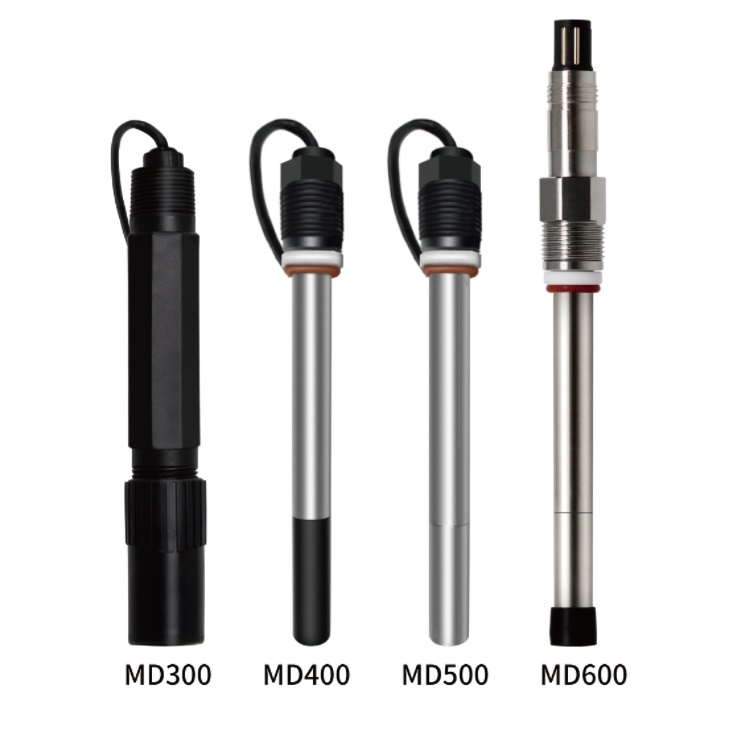Analog Dissolved Oxygen Sensor
Overview
The analog Dissolved Oxygen Sensor, also known as a membrane-covered dissolved oxygen electrode or polarographic oxygen electrode, is an essential tool for measuring dissolved oxygen (DO) levels in various applications. This article provides an overview of the analog dissolved oxygen sensor, including its structure, working principle, applications, and usage considerations.

Structure and Working Principle
The analog dissolved oxygen sensor consists of a silver anode and a platinum cathode embedded in an insulating material. The silver anode is shaped like a ring, and the platinum cathode is located at the center of the ring. The electrode surface is covered with a membrane, and the space between the electrode and the membrane is filled with potassium chloride solution as the electrolyte.
When a polarizing voltage is applied between the two electrodes of the oxygen electrode, dissolved oxygen that passes through the membrane into the potassium chloride solution undergoes a reduction reaction at the platinum cathode, while the silver anode undergoes an oxidation reaction. This process generates an electrolytic current between the electrodes. The magnitude of the electrolytic current is limited by the diffusion rate of oxygen. This electrolytic current, which is limited by the oxygen diffusion rate, is called the diffusion current. Under constant polarizing voltage and temperature conditions, the magnitude of the diffusion current has a good linear relationship with the oxygen concentration in the measured solution, which serves as the basis for the quantitative determination of dissolved oxygen.
Â
Applications
The analog dissolved oxygen sensor is widely used in various industries due to its low cost and high applicability. It can be applied to:
- Tap water and surface water monitoring: Ensuring water quality meets standards and detecting pollution sources.
- Wastewater treatment: Optimizing aeration processes and improving treatment efficiency.
- Biofermentation: Monitoring oxygen levels during fermentation processes to ensure optimal conditions for microbial growth.
- Food and pharmaceuticals: Ensuring product quality and safety by monitoring oxygen levels in production and storage environments.
- Scientific research: Providing accurate data for studies on aquatic ecosystems, environmental science, and other fields.
Usage Considerations
To ensure accurate measurements, it is important to be aware of the following usage considerations for the analog dissolved oxygen sensor:
- Interference from other gases: Gases such as chlorine, sulfur dioxide, hydrogen sulfide, amines, ammonia, carbon dioxide, bromine, and iodine can diffuse through the membrane and affect the measured current, causing interference.
- Substances that can damage the sensor: Some substances in the sample, such as solvents, oils, sulfides, carbonates, and algae, can cause blockage of the membrane, damage to the membrane, or corrosion of the electrode, thereby interfering with the measured current.
Conclusion
Analog dissolved oxygen sensor is a cost-effective and versatile tool for measuring dissolved oxygen levels in various applications. By understanding its structure, working principle, applications, and usage considerations, users can ensure accurate measurements and optimal performance. If you are interested in learning more about the analog dissolved oxygen sensor or need technical support, please feel free to contact us.
Analog Dissolved Oxygen Sensor,Dissolved Oxygen Electrode,Polarographic Oxygen Electrode
Suzhou Delfino Environmental Technology Co., Ltd. , https://www.daruifuno.com